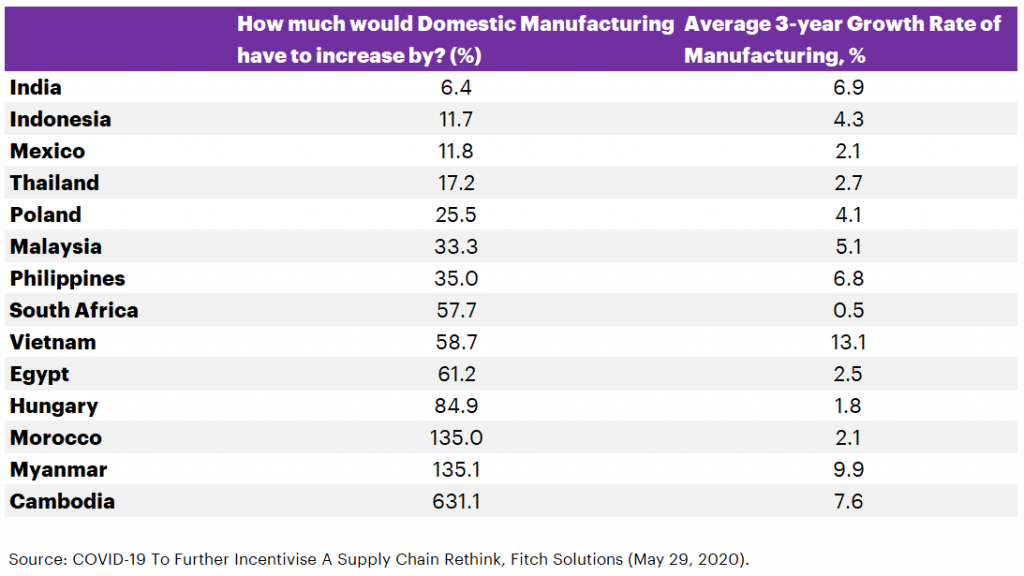Other parts of this series:
In this blog and the next, I’ll look at the shifts happening within trade and supply chain finance due to market forces and COVID-19, and outline how banks should respond.
Our recent publication on global trade noted that the two decades prior to COVID-19 were characterised by a stable global trade landscape which saw only modest fluctuations in volumes. That stability, however, eluded supply chains, which expanded during a long period of globalisation before being upended in recent years by the growth of populism.
This has raised significant challenges for banks – not least how to meet changing customer needs while managing the impact of these evolving trade patterns, and doing so during a time of significant geopolitical events.
The first of those geopolitical events is US-China trade tensions, with tariffs increasing and relationships worsening. The second is China’s One Belt, One Road (OBOR) initiative, which has driven an unprecedented infrastructural spending spree and affected supply chain routes and financing. The third is Brexit – with just weeks until the end of the transition period, a trade deal between the UK and the EU is yet to be agreed (at the time of writing). Regardless of that outcome, supply chains face a rocky time.
All of that would be challenging enough, but banks are also juggling the effects of COVID-19, which shuttered countries and markets. Although there are indications of recovery as the world approaches the end of 2020, those are tentative. A return to economic normality before 2022 seems unlikely.
One consequence is firms re-thinking supply chain strategies long dominated by China-based manufacturing. Although China retains its leading position, some firms are looking at alternative supply chain models:
- Keeping China as the main base while developing a second base in the region
- Re-shoring manufacturing to the firm’s home market
- Near-shoring – moving manufacturing to the same region as the firm’s primary customer base.
Making that shift, though, isn’t easy. Balance sheets are under pressure, and moving production is expensive and complex. As the chart below shows, even a country as large as India would need to grow its domestic manufacturing base by 6 percent, a huge undertaking, to accommodate just 1 percent of China’s capacity. Others would need to expand far more.

Despite this, some firms have moved – and more will follow. Now add to that the impact of the Regional Comprehensive Economic Partnership (RCEP). Signed in November, it creates a new free-trade zone comprising the 10 ASEAN nations with China, Japan, South Korea, Australia and New Zealand, and will constitute a third of the global economy. That will likely have an impact too.
The lesson for banks is stark: as interest in alternative supply chain models grows, banks risk losing clients if they can’t serve them in new markets. Banks, therefore, need to be geographically nimble and able to meet increasing demands for structured trade financing, working capital financing and letters of credit – all while managing risk as levels of non-performing loans climb.
The solution? As we noted in our previous paper, instead of seeing manufacturing shifts as an impediment, banks should view them as opportunities to broaden customer services and financing solutions in a changing market, and as a way to enrich client relationships.
At the same time, they must be alive to the impact of emerging technologies like automation, robotics and artificial intelligence, which will further change supply chains. In doing so, banks will place themselves more centrally in an evolving client relationship.
In my next blog, I’ll show how banks’ core capabilities position them strongly in navigating this new world, and I’ll outline economic glimmers of hope – not least a new US administration and the development of COVID-19 vaccines.
Disclaimer: This document is intended for general informational purposes only and does not take into account the reader’s specific circumstances, and may not reflect the most current developments. Accenture disclaims, to the fullest extent permitted by applicable law, any and all liability for the accuracy and completeness of the information in this presentation and for any acts or omissions made based on such information. Accenture does not provide legal, regulatory, audit, or tax advice. Readers are responsible for obtaining such advice from their own legal counsel or other licensed professionals.











